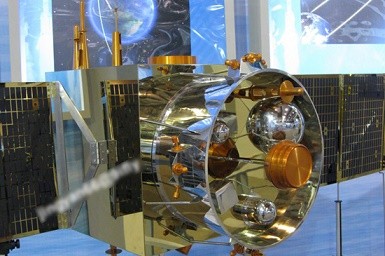China’s plan to send probe into Mars and satellite into orbits will be powered by an electric thruster that could accelerate any spacecraft at a lower cost than other forms of propulsion, the Xinhua News Agency reported.
According to the report, China has independently developed the state-of-the-art technology in a bid to enter the international electric propulsion communication satellite market, following other countries such as the United States, Europe, Russia and Japan.
Electric propulsion, regarded as one of the top cutting-edge space technologies, would allow deep space travel at a lower cost than other forms of propulsion.
In 2012, China had launched the Shijian-9 satellite to test the functions of two experimental electric thrusters.
Wang Min, deputy chief designer of the communication satellite at the China Academy of Space Technology (CAST), said that the country plans to send its first full electric propulsion satellite into orbit around 2020 to provide broadband communication data transmission to China and neighboring regions.
The report said that the country also mulls launching a hybrid propulsion communication satellite at the end of 2016, where China's future space station will use electric propulsion system.
Electric propulsion uses a 10th of the amount of propellant required by traditional chemical propulsion systems, which will greatly reduce the weight or load of a spacecraft.
Wang said that with an electric propulsion system, a spacecraft would only need 300 kilograms of propellant, which is lighter compared to the typical 5-ton chemical propulsion communication satellite with three tons of fuel.
"The benefit is obvious. The weight of the satellite can be greatly decreased, so a rocket can send two satellites into orbit at the same time; or we can launch a cheap, small rocket to carry the satellite, which will greatly save on launch costs. We can also put more equipment on the satellite to improve its functions," Wang was quoted as saying.
The report said that the use of electric propulsion could help satellites keep their positions in orbit, which could greatly improve the communication satellite's competitiveness in the commercial market. In addition, saving propellant could help interstellar probes to travel farther in space.
According to the report, five deep space probes, propelled by electric thrusters, have explored the moon, asteroids and a comet. Japan-made "Hayabusa" was the first to bring samples from an asteroid back to earth, while US spacecraft "Dawn" was the first to probe on two asteroids in one mission.
"Electric propulsion technology will play an important role, especially in manned deep space exploration," Wang remarked.



























